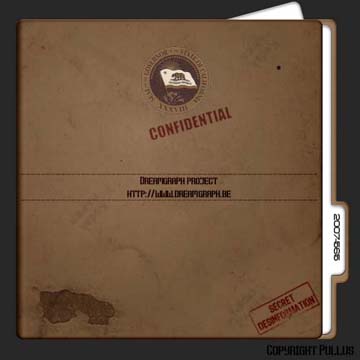
The Inventory and consumption of reference standards shall be maintained, and the validity of reference standards shall be verified on a quarterly basis, and before preparing for a working standard. As reference standards are usually available only in small quantities, working standards can be prepared to act as a substitute, these are prepared from approved raw materials and validated against authentic reference standards or substances.Īll standardized records of working standards shall be maintained in a QC laboratory. In case the reference standard isn’t available in the pharmacopeial catalog, the manufacturer shall be asked for their reference standard or working standard with a certificate of analysis.

These are generally used for comparison to determine the purity of the test specimen. In the case that the potency of the working standard is found more than 100.0% during the standardization, as a policy cut off the potency of the working standard will be considered as 100.0%.Īccording to pharmaceutical standards, reference substances or standards are authentic purified chemicals supplied by the official pharmacopeia commission. Remember before usage, the temperature of the vials must reach room temperature. All reference standards or impurity standards have to be stored as per the storage condition mentioned in MSDS from the supplier. The precautions that have to be taken like using a clean and dry amber-colored vial for storage of working standards. The purpose of this is to define the procedure for the preparation, standardization, and usage of a working standard. Comparison Standards are described as individual monographs and methods of analysis. Reference standards are authentic substances approved by the reference standard approving authority as a preferred method for use. Nuclidic reference standards, however, also need to be evaluated for radionuclidic and radiochemical purity. Liquid pharmaceutical PreparationsĬhemical purity must be determined for both groups.

Reference standards can be segregated into two groups: chemical and nuclidic. The quality and purity of reference standards, therefore, are critical for reaching scientifically valid results. Scientists performing analytical testing use reference standards to determine quantitative (e.g., assay and impurity) as well as qualitative (e.g., identification tests) data, performance standards, and calibrators (e.g., melting point standards). The US Pharmacopeia (USP) defines reference-standard materials as “highly characterized specimens of drug substances, excipients, reportable impurities, degradation products, compendial reagents, and performance calibrators” The US Food and Drug Administration defines a reference-standard material as a “highly purified compound that is well characterized”


 0 kommentar(er)
0 kommentar(er)
